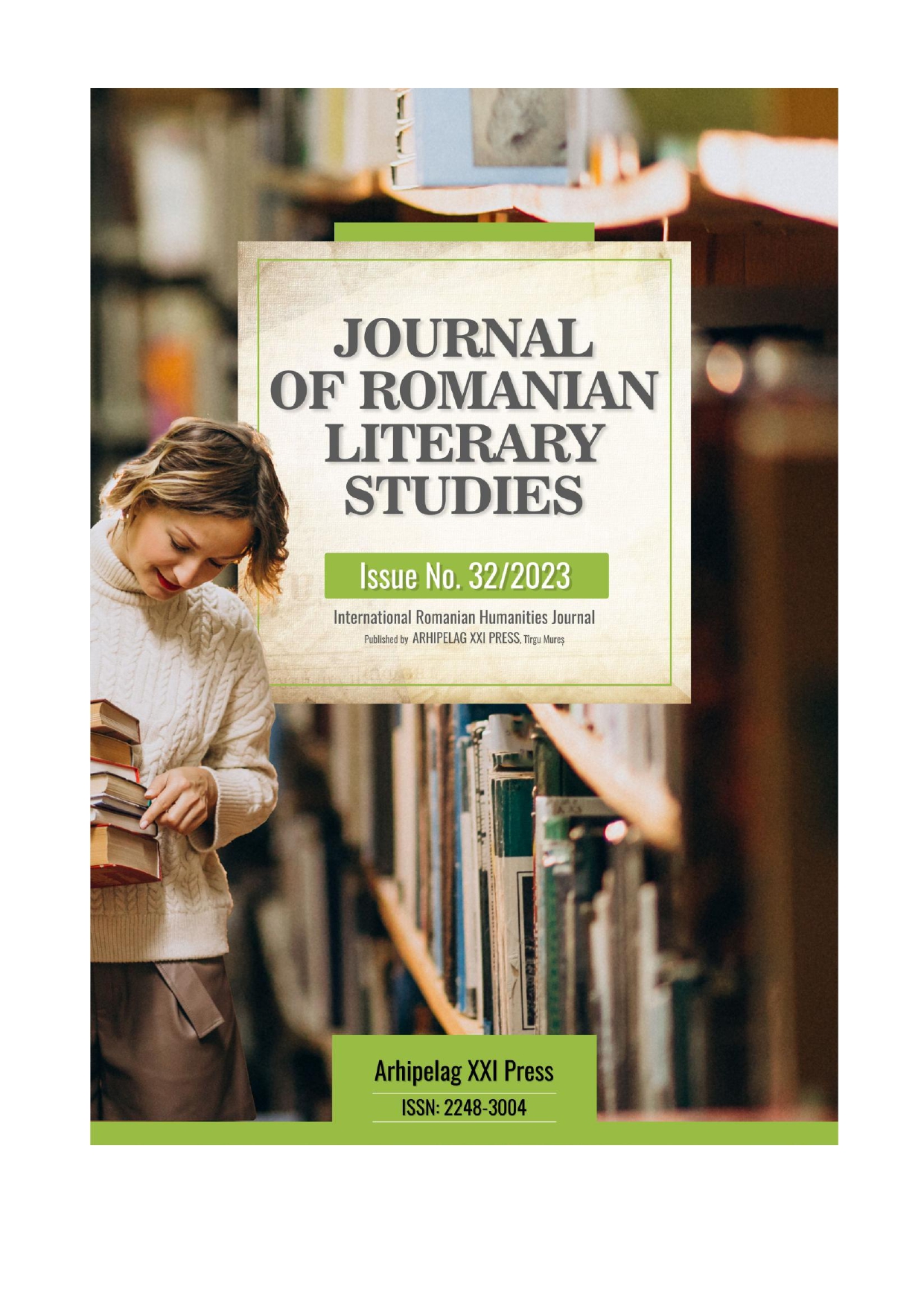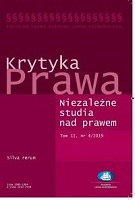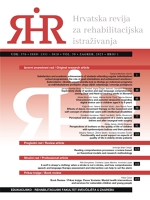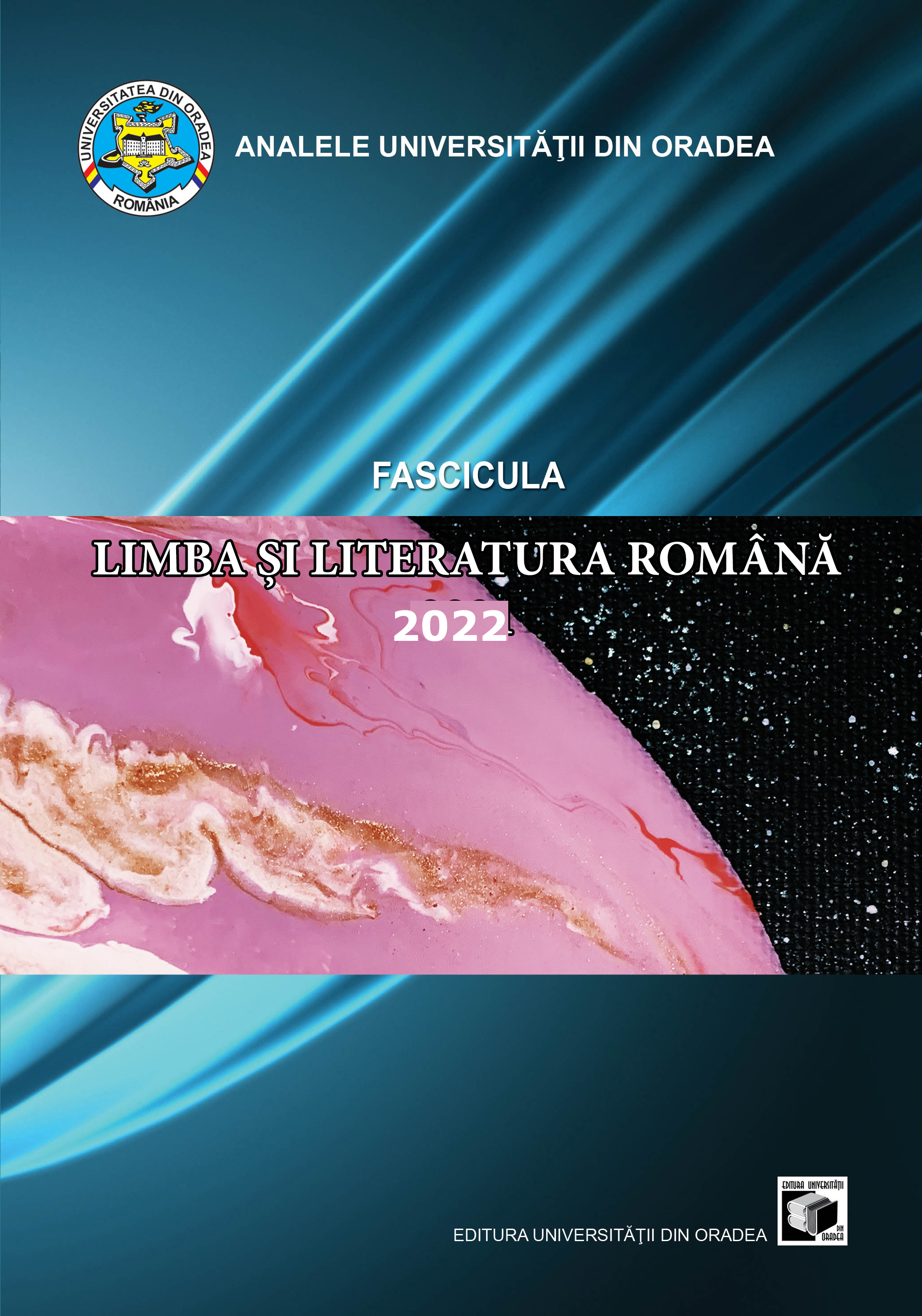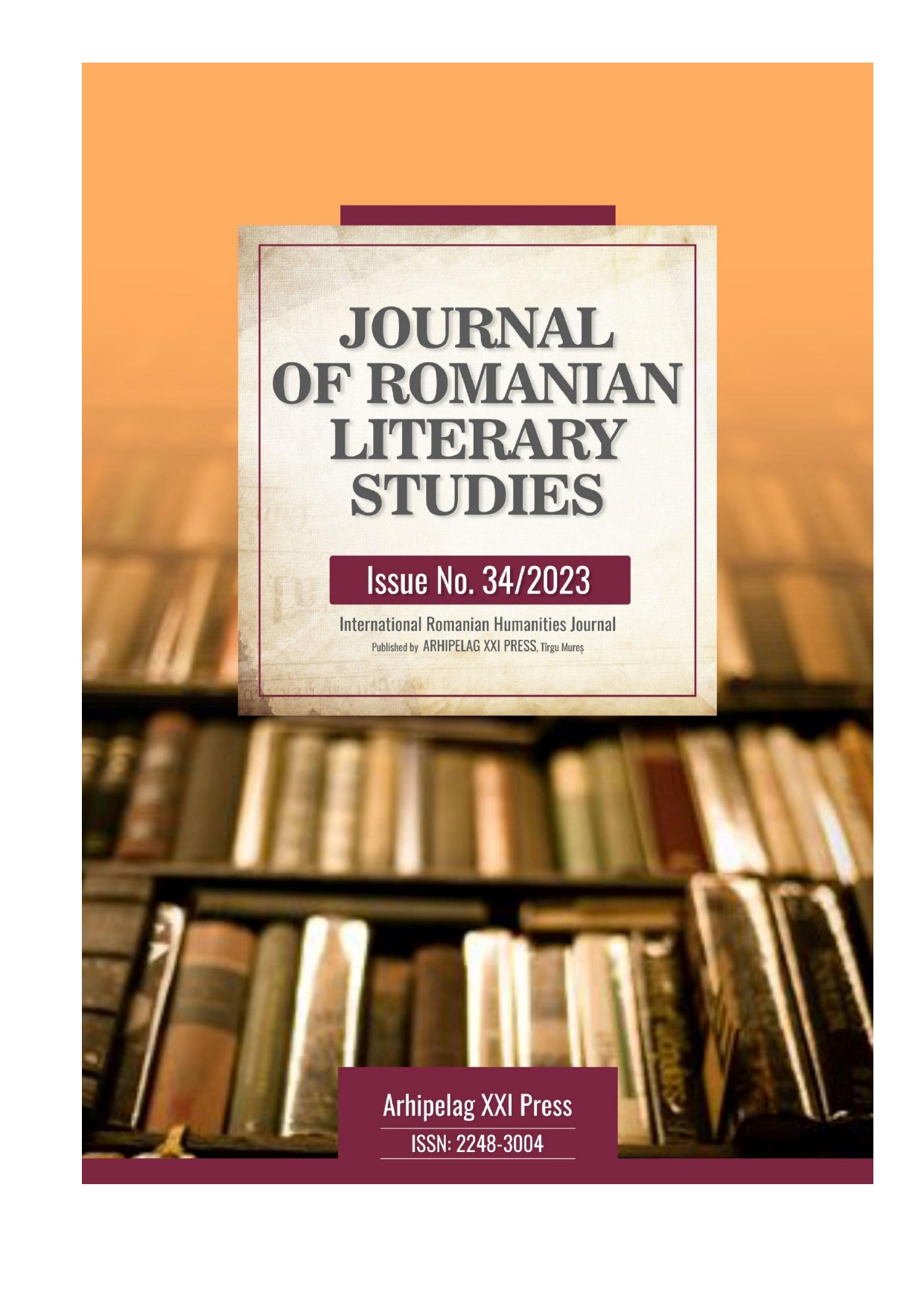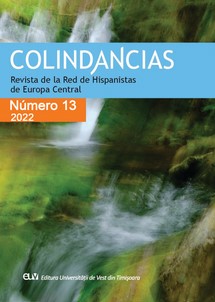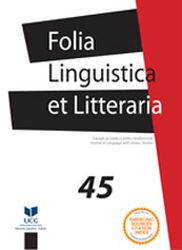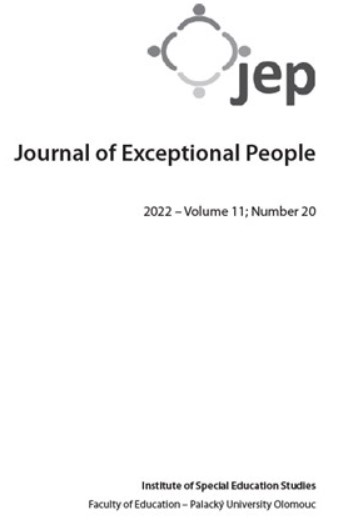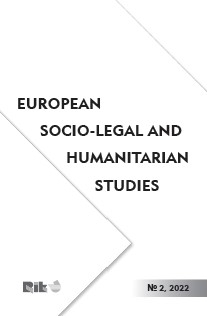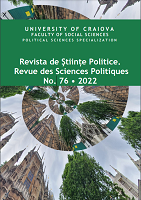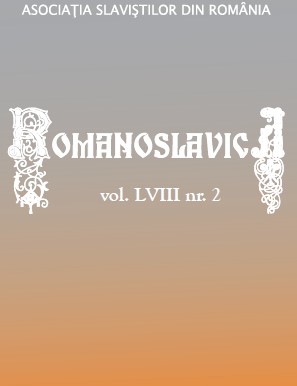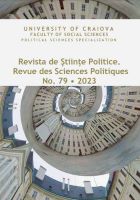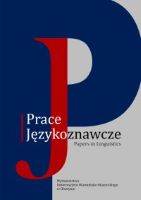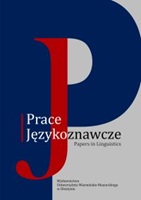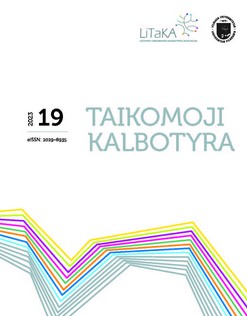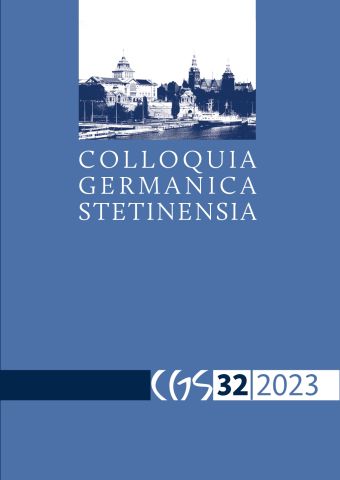Author(s): Jelena Grubor / Language(s): Serbian
Issue: 45/2023
Contemporary teaching methods and approaches are increasingly being directed towards learners (instead of teachers), learner competences (instead of abilities), learner autonomy and responsibility for learning (instead of viewing them as “empty recepticles”, i.e. passive participants in the learning process). Thus, learners and learner outcomes have been growingly placed at the forefront of modern-day teaching, which is visible both in scholarly papers within the educational studies, as well as tendencies in teaching practices and practical suggestions proposed by national education systems. The subject matter of our study is a teaching approach that views the learner as an active and a proactive participant, and their constructive interaction with the other learners as the crucial milestone for maximum performance, along with the development of intra- and interpersonal skills of each learner. Although the concept of cooperation may find its roots in a wide range of learning theories, it primarily derives from and draws on the social interdependance theory, as advocated by numerous researchers in the field. According to this theory, social interdependence is divided into positive interdependence (cooperation), negative (competition) and non-existent (individualistic efforts); hence, the accomplishment of each learner’s goals is affected by the actions of other participants in the learning process. In sum, the critical components of cooperative learning include: (1) positive interdependence, (2) individual accountability, (3) group processing, (4) social skills, and (5) structuring and structures. In light of the subject matter of the current study, which involves language teachers (L1, L2, L3), and positive interdependence in particular, group members need to understand that what helps one member helps all other group members at the same time, and the other way round (e.g. in group essay writing, group presentations etc). Concerning group processing and group formation in specific, teachers need to bear in mind several factors, the most important ones being determining group size and assigning students to particular groups. According to the central premises of cooperative learning, groups are mostly small and include two (a pair) or three–four students (a small group). Teacher’s decision will naturally depend on the type of task, learners’ age, timing, learner learning styles and/or interests/affinities, the number of students in class, and so on. Therefore, the important issues to be addressed would be who is the one who assigns the students to groups (teacher, learners), in what way (randomly or deliberately), learners’ roles within groups (e.g. equal roles, i.e. all students have the same/similar task, or different, pre-determined roles: there is a judge, an interviewer and interviewee etc). With regard to individual accountability, each group member is expected to contribute to their group both as an individual and a member of the group (e.g. teacher gives each student a mark based on their individual and group share in groupwork or teamwork project). Social skills, such as communicative skills and conflict-resolution skills, determine the way in which students cooperate with other group members, which makes it a requirement to train students for such a teaching format since there are different types of learners (high- and low-achievers, leaders and followers, extraverted and introverted students, and so on). Therefore, teacher’s role is to monitor each group’s dynamics, or more specifically, whether there is equal participation of its members, respect for diversity and/or different opinions, but also to foster the development of student teamwork skills. Structuring refers to the ways in which a teacher organises learner interaction, and structures represent various teaching techniques, activity types employed in the classroom (e.g. Three-Step Interview, Round Robin, Roundtable etc). Finally, unlike other teaching methods and approaches used in language classrooms, cooperative learning, as part of a broader approach (i.e. collaborative learning), supports the structural, functional and interactional view of language. What is more, it also enables the development of key competences, which are frequently addressed as vital by national and international educational bodies and documents, such as competences for lifelong learning, communication and social competences, problem-solving and decision-making competencies, citizenship competences, but also cherishes the development of other key competences. As regards research into the benefits and/or drawbacks of cooperative learning in class, a plethora of research indicates that cooperative learning has multifaceted benefits. In contrast to so-called traditional teaching, which is fundamentally directed at teachers, so classes are teacher-centred, fostering competition in the first place, cooperative learning cherishes the cooperation and achievement of all students (or more realistically, the majority of them). It also facilitates the development of interpersonal relationships and is thus crucial for a positive rapport in the classroom, it provides students with experiences necessary for a healthy social, psychological and cognitive development, as supported by a large body of research. Numerous studies report that it leads to the development of interdisciplinary competencies, such as decision-making, forming hypotheses, categorisation, social skills (such as teamwork skills) via socio-affective learning, subject-related but also a wide array of other skills (social, socio-political, life skills), as well as critical thinking. It exerts positive effects on learner achievement, better relationships among students (class rapport), class evaluation, respect for one another, problem-solving, self-confidence in learner’s abilities, it prepares students for the role of future citizens in the world of adults, it focuses on learners and learning, it offers students mechanisms for holistic learning, and above all, it teaches them how to learn. Research suggests, though, that the main disadvantage of cooperative learning is that it might suit high-achievers least since there are studies that show that low-achievers benefit both in homogenous and heterogeneous groups, whereas high-achievers experience advantages only in homogeneous, at least relative to the knowledge they might gain. However, although high-achievers feel a lack of mental challenges, the support they provide to average students or low-achievers may facilitate the acquisition of the key competences (e.g. cooperative), on the one hand, and they also cognitively rehearse the given contents by helping the struggling students, on the other (cf. the concept of tutoring). Briefly put, teachers should aim to provide the optimum balance in choosing group members and assigning student roles to the best benefit of all students in the classroom. To conclude, although cooperative learning may be implemented at any educational level and with any school subject, it is highly suitable for the subject matter of our study, namely language and literature classes. Therefore, the main goal of this explorative research is to determine how language teachers perceive cooperative learning in terms of its main characteristics, advantages and disadvantages, its implementation potentials etc. The main assumption is that the teachers from the sample will equate cooperative learning with mere group work and regard it as a productive but yet not so desirable teaching approach (e.g. due to the organisation of activities, leading to creative noise). The subsidiary goal is to determine to what extent and when the participants most frequently employ the said teaching approach. The main hypothesis is that they employ it most in practice and revision lessons, as a result of preconceptions that introductory lessons must be delivered via the whole-class interaction type, with the teacher as the most reliable source of knowledge (the knower). In this study, we employed the snowball sampling method, thereby initially recruiting ninety primary and secondary school language teachers (L1, L2, L3) working in different cities in Serbia. However, the final sample included eighty-two fully completed questionnaires. The sample were unevenly distributed according to the sex criterion (f=95.1%, m=4.9%), aged twenty-six to fifty-seven (M=42.32, StD=6.50), with years of work experience ranging from two to thirty-two (M=15.78, StD=7.99). Distribution according to the level of school education was quite balanced, including 43.9% of primary and 56.1% of secondary school language teachers, with quite equal distribution according to the secondary school broad types (52.2% of grammar school teachers and 47.8% of vocational school teachers). Concerning the language they taught, the highest percentage of the sample comprised Serbian (48.8%), English (29.3%), German (9.8%) and French language teachers (7.3%). Due to the COVID 2020 pandemic, the research was conducted online, and data were gathered via Google forms app. The employed online questionnaire included general sociodemographic data (age, sex, years of work experience, school type etc), as well as a part dealing with how the teachers perceive cooperative learning. This part included self-reports in the form of a six-point Likert-type scale (e.g. How often do you use cooperative learning in your classes? 1 never, 2 rarely, 3 sometimes, 4 often, 5 very often, 6 always), and open-cloze questions, given in the form of narratives (e.g. How would you define cooperative learning, regardless of the fact whether you are familiar with this teaching approach or not). According to the nature of an item, the results were analysed quantitatively (e.g. self-reports were analysed in the statistical programme IBM SPSS Statistics 21 by calculating descriptive statistics: means, standard deviation, percentage) and qualitatively (e.g. open cloze questions via a multi-layered content analysis: first, the answers were coded to form the categories, then the concrete formulations were extracted, and finally numericalvalues were assigned within the extracted categories to obtain the most frequently reported answers/reasons).The results show that the greatest number of the participants use cooperative learning (78.3%), whereby 46.3% use it sometimes, and 22% often, which to a certain extent tallies with the responses dealing with the fact whether they are acquainted with this teaching approach (75.6% stated that they were, 24.4% that they were not). The most frequently reported reason for never using this teaching approach was that they were not familiar with it, and a small number stated that classes number too many students or that they have “no one to work with”. Concerning the definition of this approach, regardless of the fact whether they are familiar with the postulates of cooperative learning or not, the teachers most commonly define it as “teamwork” or “mutual learning” (92.7%). Out of the stated percent, more than half of the participants (51.2%) included the key elements of cooperative learning in their descriptions: a sense of community in terms of teamwork (cf. social skills, i.e. the development of teamwork/cooperative skills), as well as mutual efforts in solving the given problems (cf. positive interdependence of group members), with a small number of the participants pointing to the individual accountability of each team member in specific. Regarding its advantages and disadvantages, the participants recognised the importance of cooperative learning, and a substantial number of them had developed awareness of its advantages. As its main benefits, the participants primarily stated: (1) learner engagement in lessons and the learning process, motivation and peer learning (51.2%), (2) social skills development (team, organisational, communicative) (36.6%), and (3) facilitation of a range of learner abilities (creativity, functional and long-lasting knowledge) (26.8%). As its drawbacks, they reported (1) unequal learner engagement (e.g. high-achievers take on themselves the realisation of the group work) (28.1%), (2) noise, poor organisation and realisation of a cooperative activity (20%), and (3) inability to focus on an individual learner due to group-centeredness (9.4%). Furthermore, 15.6% reported that cooperative learning had no drawbacks, while 18.8% stated they did not know anything about its disadvantages. Regarding the frequency of use in specific lesson types, cooperative learning was reported to be most frequently employed in introductory literature classes (29.6%) by Serbian language teachers, and revision grammar classes (25.9%) predominantly by English teachers. With respect to group formation, the highest number of the participants put forward (1) deliberate formation of heterogeneous groups (inclusion of learners with varying degrees of knowledge and/or abilities) (48.8%), (2) random group formation (e.g. by assigning students numbers, as they are sitting etc) (36.6%), (3) deliberate formation of homogeneous groups (according to learners’ affinities, abilities and/or interpersonal relationships) (16.7%), and (4) by learners’ choice (11.9%). Finally, regarding a potential workshop on implementing cooperative learning in class, the majority of the participants (85.4%) stated that they would find it useful, as compared to 12.2% defining it as “not useful” and 2.4% saying “I don’t know”. Upon elaboration, they reported its purposefulness in terms of a prospective workshop practical dimension, its applicability (29.3%), or more specifically: (1) receiving practical advice and solutions (e.g. efficient ways of dividing students into groups, valuing each group member’s share of work and clear assessment criteria, along with concrete techniques/structures). Besides, they stated their aspiration to professional development, specifically: (2a) getting further acquainted with this approach (24.4%), and (2b) general improvement of their teaching and professional development (29.3%). Lastly, the main limitations of the conducted research were the sample size and its nature, uneven distribution by the sex criterion, and the mere nature of qualitative analysis, which does not assume standardised instruments and analytical procedures. In conclusion, despite the insightful comments given by a large number of the participants, some teachers still appear to cling to the belief that traditional classes and the teacher as the only relevant source of knowledge are crucial for complex teaching units (e.g. the introduction of a grammar unit that learners find difficult and complex). Finally, it is deemed necessary that teachers in Serbian state schools should be given support and trained in such a teaching approach. Consequently, the fact that a considerable number of the participants expressed their wish to attend a cooperative learning workshop is promising. Finally, in future studies, we aim to investigate not only the general perception of language teachers, but also their knowledge on concrete cooperative learning postulates to gain more valuable insights into the extent to which teachers are familiar with this teaching approach, but also to determine their beliefs and attitudes towards its actual use in the classroom. Such investigations might provide a step forward in Educational Studies, as well as Applied Linguistics (i.e. Second Language Acquisition) and Developmental Linguistics (L1 acquisition).
More...
